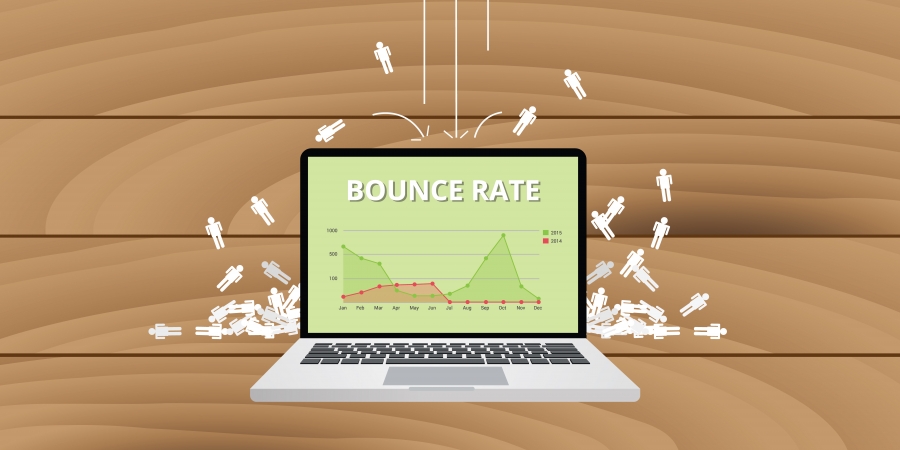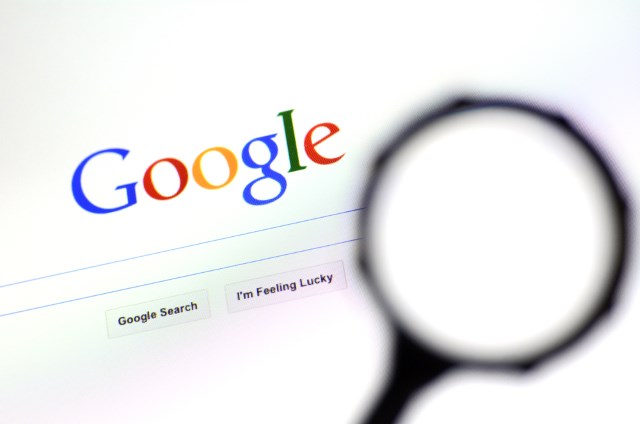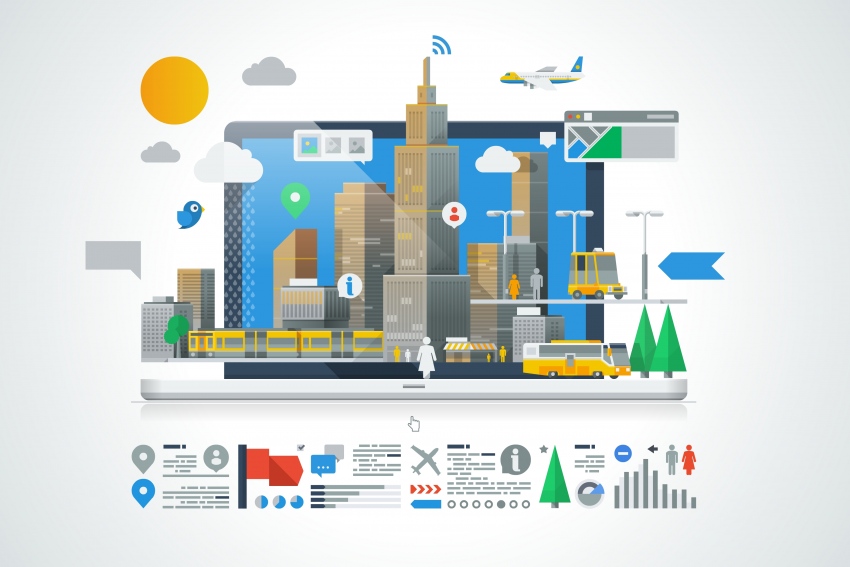Bounce rate is an important metric and one of the indications in SEO to know whether your efforts are paying off. A bounce is defined as an individual who arrives on a page of your website, he/she seems to read something and then move to other websites. There are many reasons why a bounce can happen to your website. The most likely one is that the people can’t find what they look for, such as a piece of important information. Another reason is that people don’t like your website design or they can’t find the navigation elements easily, so they give up quickly and move on. If you have low bounce rate, there is a chance that you have higher conversion rate. This will have direct contribution in ensuring better sales and revenue.
Google Analytics is the most commonly used too to determine the bounce rate. You can correlate bounce rate with “exit” metric, which indicates at which page people seem to leave your website. If you can determine at which page people tend to leave your website, you need to review it and find any deficiency that cause people to leave. As an example, you may not provide enough interesting content or people simply don’t know what to read next in your website. A common solution is to significantly improve the content of exit pages and you also need to offer “recommended pages” in your site that are relevant to the current page. By using the “recommended pages” module in each of your webpage, you will encourage people to stay longer in your website as they jump to one page and then another.
A lot of things have changed in the SEO industry, but one thing remains the same, that is, content is king. There is still nothing that can replace informative, unique and good content. A piece of content doesn’t have to be consisted only of text; it can be pictures, videos, infographics or software. People want to see something that they haven’t seen before. When creating content, you should make sure that it is free from spelling and grammatical mistakes. It needs to be formatted well, usually with bullet points, so your content can be organized into smaller readable chunks. Paragraphs should be short and essential information should be shown in italic or bold. It is true that longer articles can be considered better, but it doesn’t mean that the article should be too long that people immediately lose interest.
By using the above content style, it is more likely that you are able to urge people to stay longer in your website. However, there are other things that can discourage people from favouring your website over others. As an example, your website can be riddled with pop ups and if it happens, people could find it annoying. Long load time could also become a problem. Although, it is possible for you to use some high resolution images due to increases in average Internet speed for end users, you shouldn’t overdo it.



